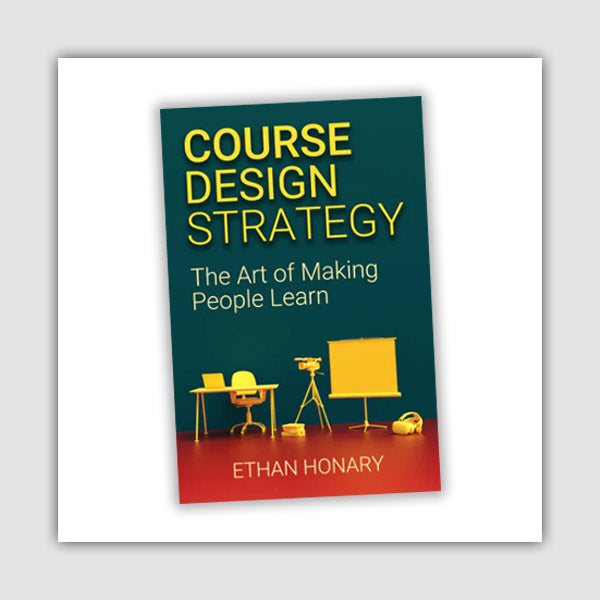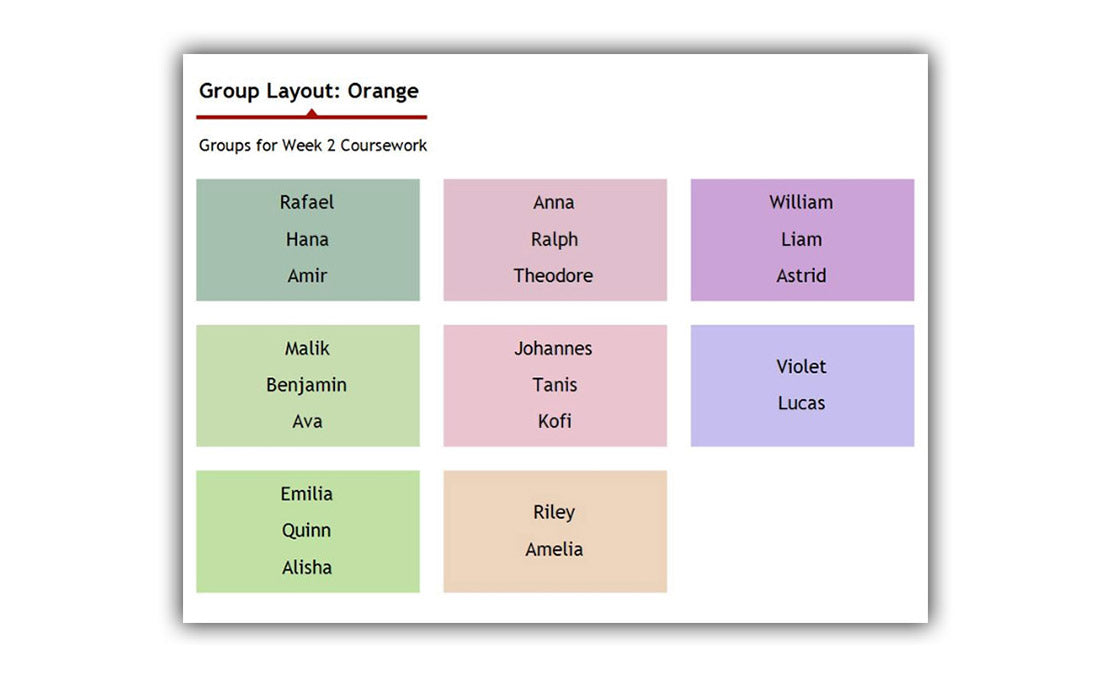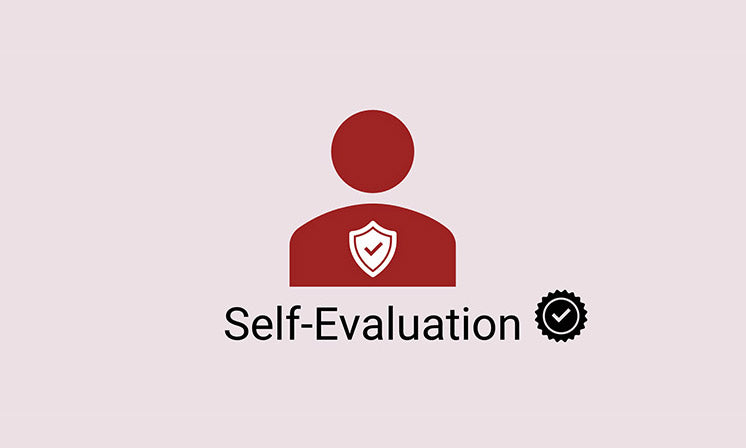Modern methodologies on training such as the TAP program, Accelerated Learning, or other top-of-the-range accredited train-the-trainer programs are based on the fundamental theory of Cognitive Training Model. This model captures the essence of learning and shows precisely what you need to do as a trainer to increase the effectiveness of your courses for your learners.
The following shows you what the learners must do to learn and as a trainer what you need to do to satisfy your learners’ needs.
Cognitive Training Model suggests that to learn, learners must do the following. Each case is explained below along with what you need to do as a trainer to respond to this need. These must be followed in same order shown below:
1. Know What They Need to Learn
Get them interested in the content and show why it matters. They should see the content as important and should also feel confident that they can learn it.
Do the following to help your learners:
- Get the attention of the delegates on the new content.
- Answer, “Why should I care to learn this?”
- Show that the learners can indeed learn the new skill.
2. Link the New Knowledge with Existing Knowledge
You want to increase the retention rate by linking the new with the old and also provide the new content with a structure.
Do the following to help your learners:
- Walk through the old way of doing it. If they haven’t done it, get them to try it out and let them fail and see where they are going wrong.
- Get them to notice the similarities and differences between the old and the new way.
3. Organise the Information
Minimise the confusion and reduce stress by providing the information in an organised way.
Do the following to help your learners:
- Provide an objective so they know the boundaries of the content they are about to receive.
- Chunk the information into consumable parts. Don’t overwhelm your delegates by too much too soon and too fast.
- Provide extensive workbook, handouts and references so they know where to obtain more information so they won’t get stressed if they missed something or were slower than others to absorb the content.
- Illustrate using visual contents such as images, animations, video and role plays.
4. Assimilate the New Knowledge with Existing Knowledge
Integrate the new content to the old content like an extension of what was already there.
Do the following to help your learners:
- Extend the content to make it easy to sink in. Provide different views of the same concept and use different approaches for teaching the same content.
- Use real-life examples both from your own experience and the delegates’ experiences.
5. Strengthen Retention of Content in Memory
The most effective way for delegates to learn is to practice something on their own.
Do the following to help your learners:
- Give them lots of practical exercises, interactive content, role plays, games, puzzles, etc. to maximise repetition and immersion.
- Give them feedback. They need to know if they are doing right by receiving specific and individually-tailored feedback.
- Summarise the content they have just learned in a concise and structured format.
- Use recap questioning technique to test their general knowledge.
- Use demonstration tests to make sure the delegates have learned the new skill. This also boosts the delegates’ confidence, increases the strength of memory. In addition, the delegates will be more likely to use the new skill back in the real world if they are confident in using it.
- Finalise by getting confirmation from them that the new skill is indeed applicable to their real-world and they can use what they have just learned on the job.
Comments
By thangavel raj @ Saturday, January 24, 2009 7:19 AM
Excellent
Soft Skills Training Materials
Get downloadable training materials
Online Train the Trainer Course:
Core Skills
Learn How to Become the Best Trainer in Your Field
All Tags
Training Resources for You

Course Design Strategy
Available as paperback and ebook

Free Training Resources
Download a free comprehensive training package including training guidelines, soft skills training activities, assessment forms and useful training resources that you can use to enhance your courses.

Our Comprehensive Guide to Body Language

Train the Trainer Resources
Get Insights - Read Guides and Books - Attend Courses
Training Materials
Get downloadable training materials on: Management Training, Personal Development, Interpersonal Development, Human Resources, and Sales & Marketing














Leave a comment
All comments are moderated before being published.
This site is protected by reCAPTCHA and the Google Privacy Policy and Terms of Service apply.